Orthodontics
Orthodontics is the branch of dentistry concerning with the correction and alignment of teeth and jaw structure. Orthodontics consists of a series of methods practiced to diagnose, prevent and treat congenital or acquired tooth and jaw problems. It is aimed to align the teeth in the proper position, correct the jaw joint relations and achieve an aesthetic smile with these treatment methods. Orthodontic treatment can be performed for patients at any age from childhood to adulthood. Orthodontists make use of physical examination, x-ray and other diagnostic methods to diagnose various dental and jaw problems and make appropriate treatment plans.
Orthodontics
- What Is Orthodontics?
- Which Disorders Does Orthodontics Treat?
- What Are Orthodontic Treatment Methods?
What Is Orthodontics?
Orthodontics is the branch of dentistry concerning with the correction and alignment of teeth and jaw structure. Orthodontics consists of a series of methods practiced to diagnose, prevent and treat congenital or acquired tooth and jaw problems. It is aimed to align the teeth in the proper position, correct the jaw joint relations and achieve an aesthetic smile with these treatment methods. Orthodontic treatment can be performed for patients at any age from childhood to adulthood. Orthodontists make use of physical examination, x-ray and other diagnostic methods to diagnose various dental and jaw problems and make appropriate treatment plans.
If the crowded teeth that are difficult to clean are left untreated, this can result in tooth loss and periodontal or other gingival problems. Also, if the lower and upper jaw bones are located in front or behind compared to the location of the skull, it causes too much pressure on the jaw muscles, which can lead to temporomandibular joint disorders and pain in the head, shoulder and back. Orthodontic treatments, in this regard, allow to prevent all these health problems. It also contributes to a better aesthetic appearance.
Which Disorders Does Orthodontics Treat?
The Orthodontics deals with the diagnosis and treatment of diseases caused by malpositioned teeth and jaws. These disorders usually manifest themselves as crowded teeth; however, gap teeth or asymmetrical positions can also develop.
In addition, early loss of milk teeth or missing permanent teeth are among the problems that the Orthodontics concern with. Problems with the jaw structure can also manifest themselves in ways such as malpositioning of the lower or upper jaw. The Orthodontics deals with the treatment of these problems.
The disorders that the Orthodontics deals with are as follows:
- Crowded Teeth: It is a condition causing misalignment and crowding in the teeth. In this case, there may be gaps between the teeth or the teeth may be too close to each other. Crowded teeth can make toothbrushing and cleaning difficult, increase the risk of dental caries and gingival disease as well as deteriorate the aesthetic appearance. Personalized treatment methods are determined based on the jaw structure and severity of the crowding.
- Gap Teeth: The gaps can develop particularly because of small size of incisors and thick gingival fibers. This may be aesthetically disturbing, but it can be corrected with orthodontic treatment methods, restoration of dental sizes and aesthetic filling.
- Rotated Teeth: The teeth rotated to the right or the left can cause crowding as they affect the location of other teeth. The rotated teeth can be corrected with orthodontic treatment methods.
- Impacted Teeth: The teeth located between bone and soft tissue can damage other teeth in time. The most common impacted teeth are wisdom teeth and canine teeth.Treatment includes extraction of the impacted tooth without damaging other teeth.
- Missing Teeth: Congenital missing teeth can cause dental arch abnormality.In this case, the area of missing tooth can be treated with prosthesis tooth or closure of other teeth.
- Midline Asymmetry: It is important for upper and lower incisors to align properly. The midline rotated to the right or the left is accepted as malocclusion and should be treated.
- Malocclusions (Bad Bite): Overbite is the condition in which lower teeth is partially or never seen due to overgrowth of upper teeth. Crossbite, on the other hand, is the misalignment of teeth, where teeth are located crosswise. Anterior or posterior open bite is the condition when teeth do not touch when the mouth is shut.
- Narrow Jaw: Narrowness of one of the jaws compared to each other can cause crosswise closure of posterior teeth.
- Protruding Jaw: This is the condition in which either of the jaws protrudes, likely resulting in eating and speech disorder.
What Are Orthodontic Treatment Methods?
Orthodontic treatment methods include various techniques performed to correct and align the teeth and jaw structure. These methods are as follows:
- Fixed Braces: Metallic or ceramic braces are the small instruments adhered over the teeth. Moving the teeth with the help of wires connected with the teeth, the braces help the teeth align properly. The fixed braces allow the teeth to move towards the desired location in a controlled manner. This method is an effective option in correction of various orthodontic problems.
- Metallic Braces: This is a traditional orthodontic treatment performed using wires and braces. The braces adhered to the teeth are then connected with each other through metallic wires. These wires can be adjusted to control the movement of the teeth, which are checked up on regularly.
- Ceramic Braces: Ceramic braces are white or natural tooth shade to be less evident than the metallic braces. However, they are more fragile than the metallic braces, resulting in being less durable.
- Clear Aligners: Clear aligners are the customizable and tailored clear plastic apparatuses. These aligners are regularly replaced to ensure the movement of the teeth. Each aligner moves the teeth to further phase. The clear aligners are a popular option for individuals with aesthetic concerns as they are less visible.
- Lingual Braces: Lingual braces are placed behind the teeth, facing the tongue. In this way, the braces cannot be seen when looking from outside. The lingual braces can be preferred by individuals with aesthetic concerns. However, these braces can cause speech and tongue discomfort due to its contact with the tongue.
- Functional Apparatuses: Functional apparatuses are used to correct the relation between lower and upper jaws. Affecting the jaw development and growth, these apparatuses aim to provide a proper jaw relation. The functional apparatuses are generally used for children, which are effective in treatment of potential jaw problems.
- Invisalign: This method includes a treatment with clear, custom-made dental aligners. These aligners are designed based on your dental structure and replaced on a regular basis. The invisalign is popular as it is less visible compared to traditional braces.
- Surgical Orthodontic Treatment: In some cases, severe maladjustment in the jaw structure may require surgical intervention. This treatment is generally performed in addition to the orthodontic treatment and ensures correction of the jaw structure.
Doctors
List of doctors under the HOP of the corporation

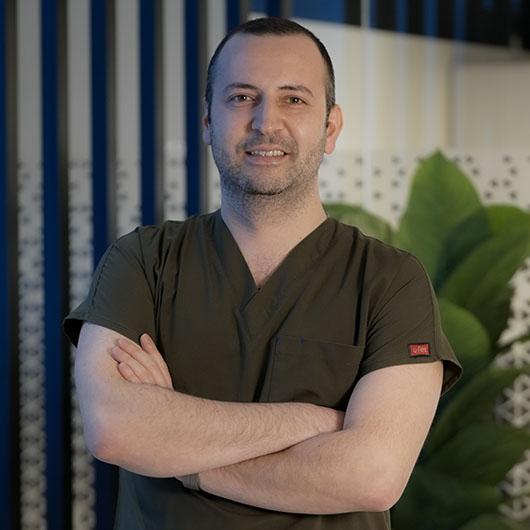
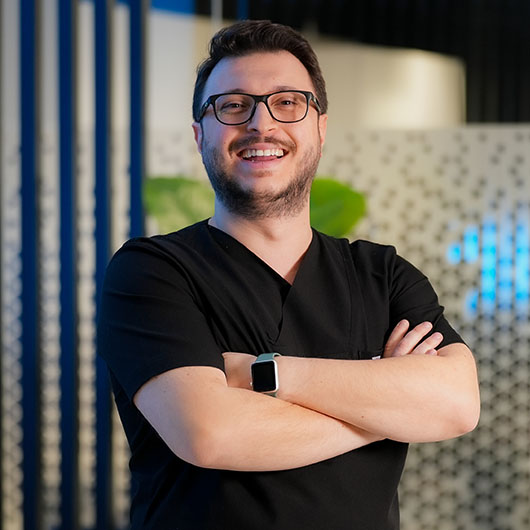

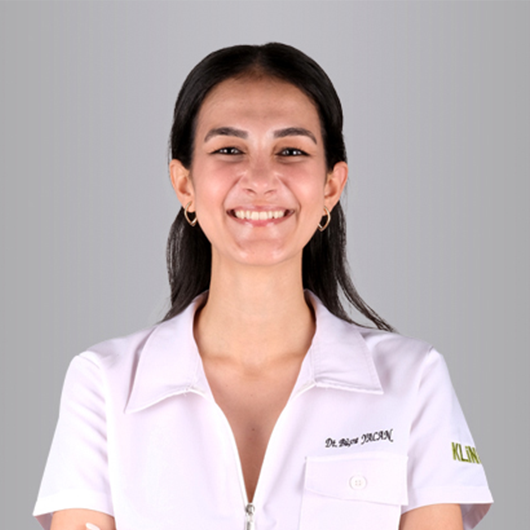
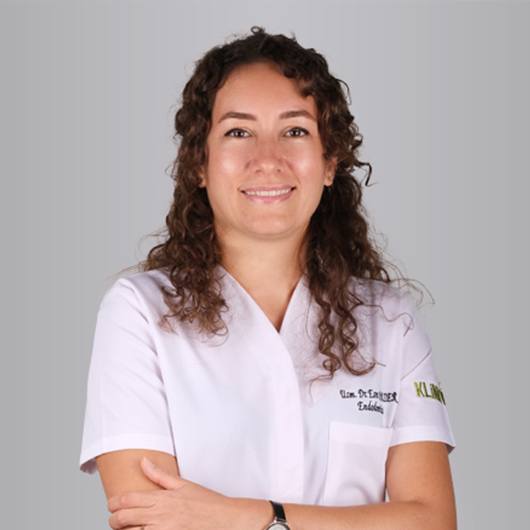
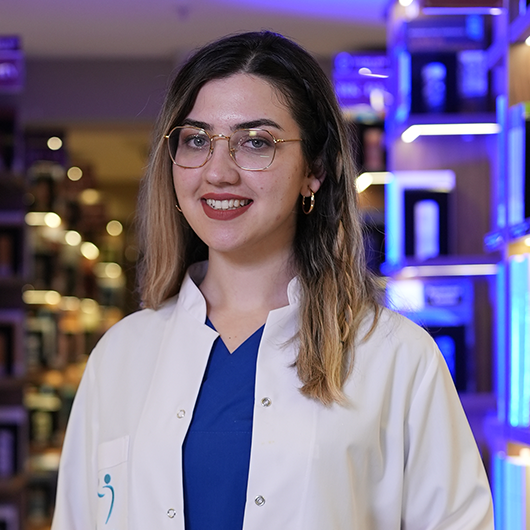
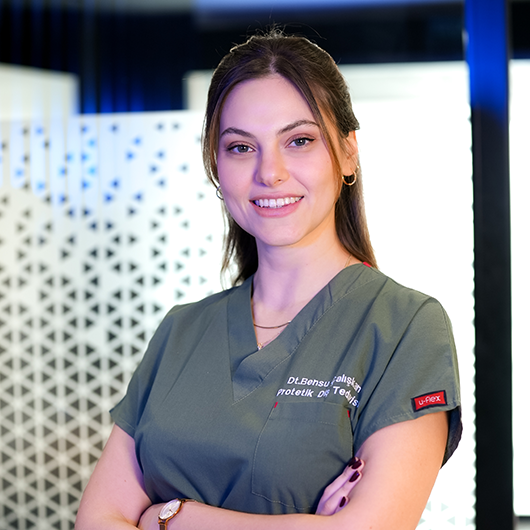
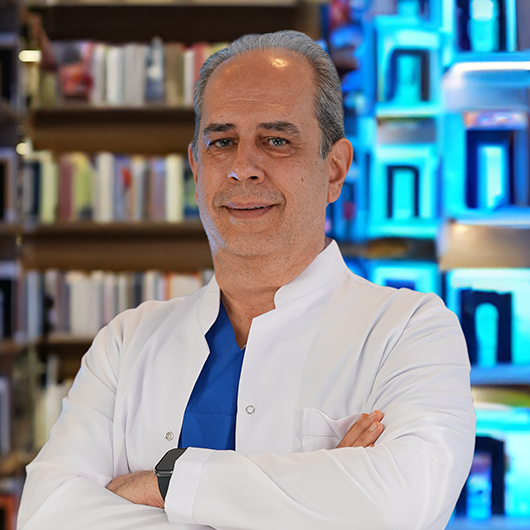

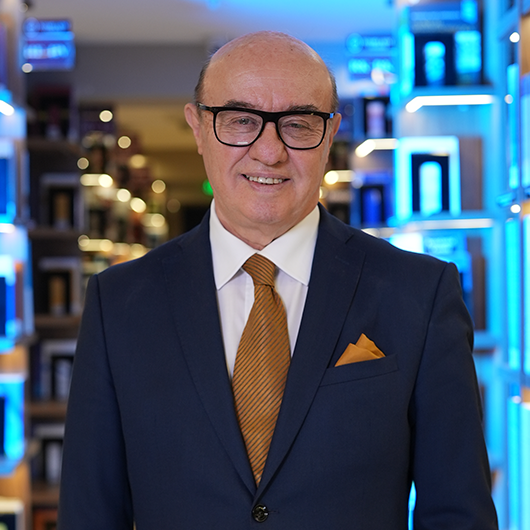
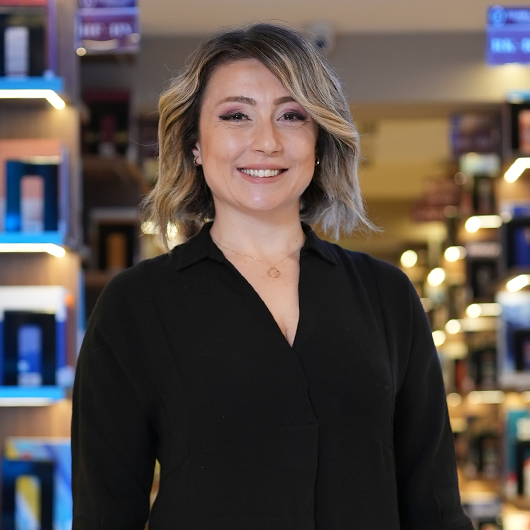
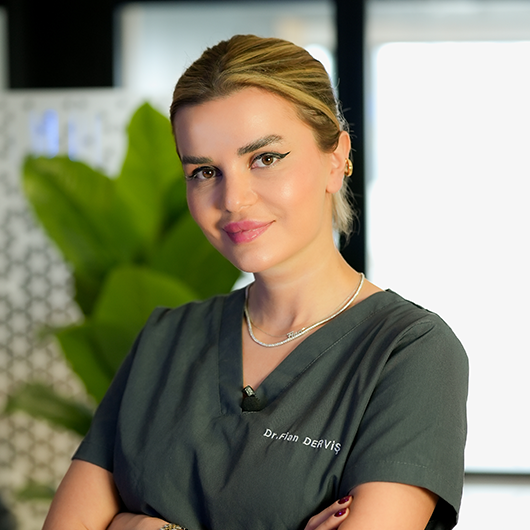
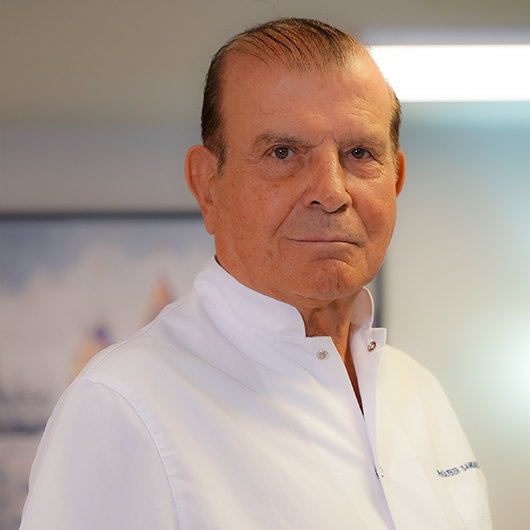
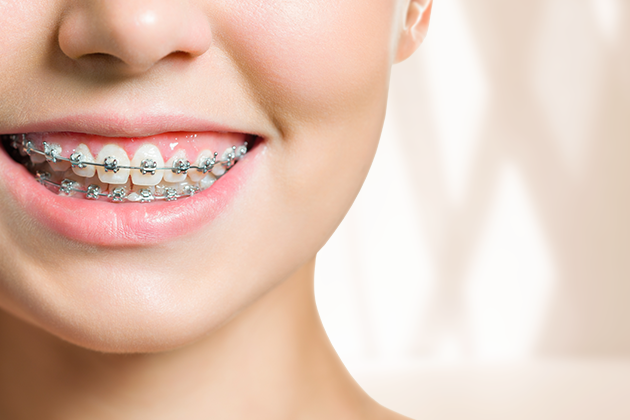
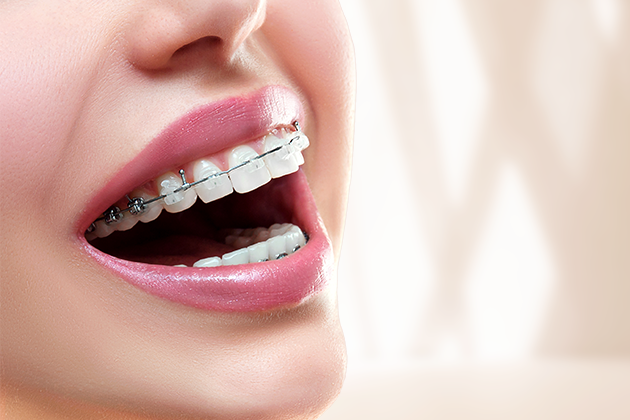
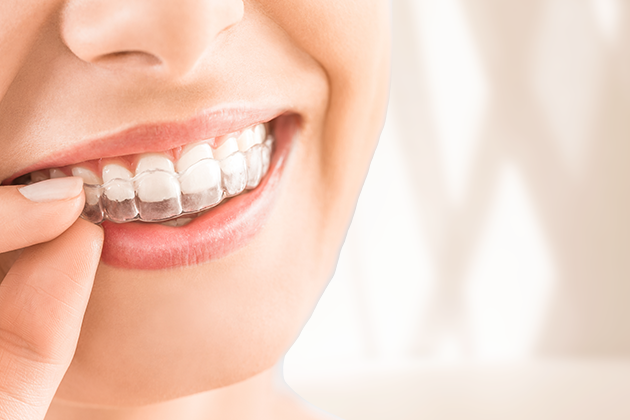
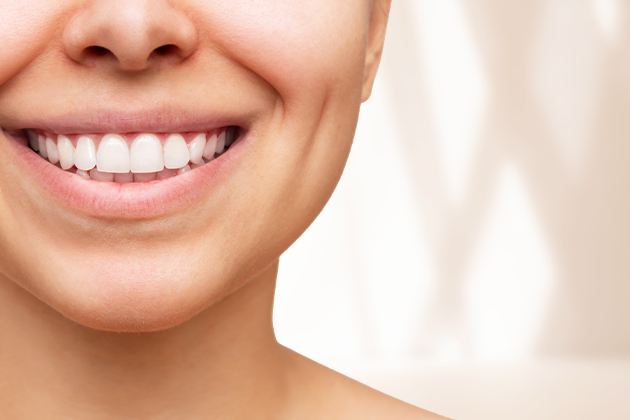
.png)